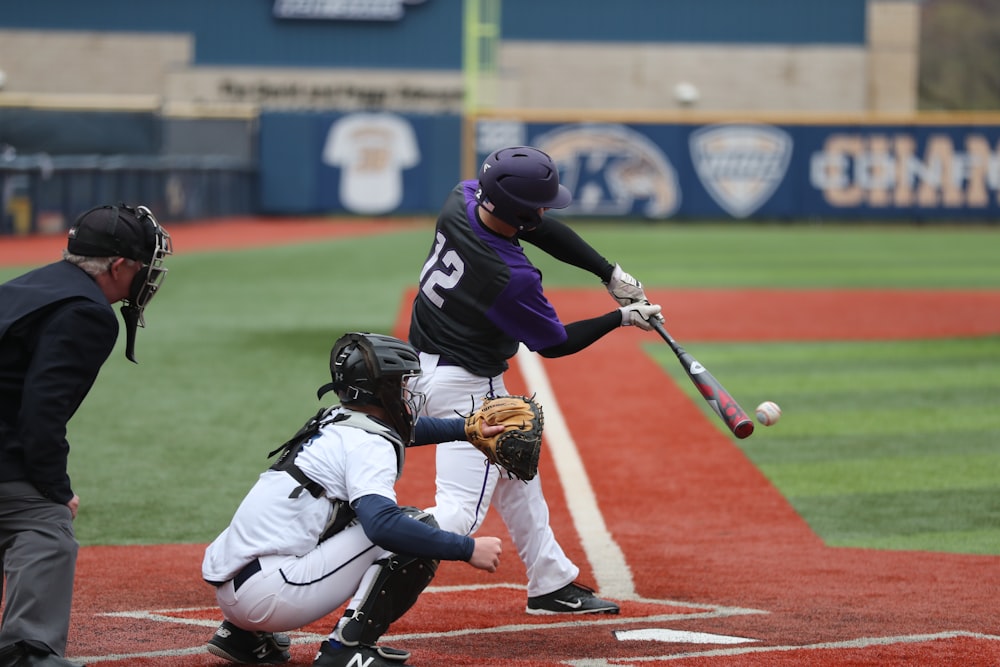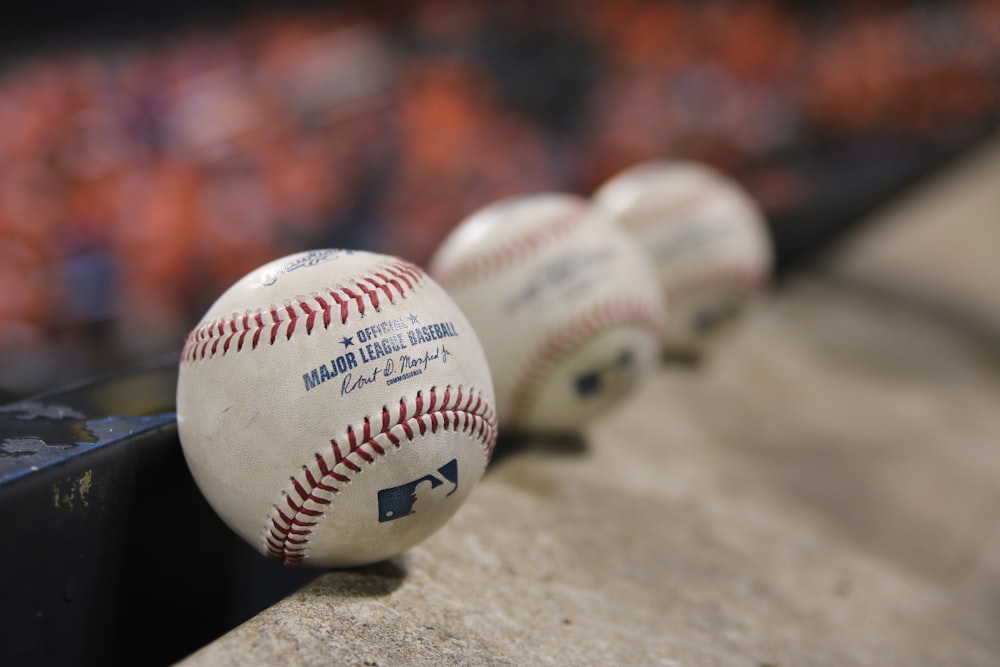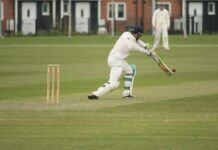Baseball is a sport in which players use a bat, ball, and glove. It’s one of the few sports where strikers sprint away from the net rather than around it. Baseball’s fundamental concepts are throwing, batting, and catching the ball. Of course, accomplishing the aforementioned is not as simple as it may appear, but the desire to develop abilities drives the players to participate in baseball combat.
In this post, we’ll go over the basic baseball regulations, players’ equipment, and the “geography” of both the baseball diamond, as well as explain how to play this “very difficult” as well as “nobody understands” activity.
Baseball Fundamentals
Unlike other sports, baseball does not have a set time limit. They can’t finish the game if the scores are tied, so they keep playing when one of the groups wins.
The two sides fight against each other in innings, which are short game parts. In collegiate and professional leagues, games are generally nine innings long. The inning is divided into two halves.
The visiting team plays only with the bat (assaults) during the first half of each inning, attempting to score runs. On the playing field, the second team, the home team, assumes defensive positions. The defense’s objective is to get the attacking team’s players out of boundaries under one of the numerous methods. After 3 outs, the sides switch roles: the attacking team becomes the defensive team, as well as the defending player, becomes the attacking team. Only one attacking team member enters play field with either a bat each time, tried to remove the ball.
Sports Equipment
To play baseball, you just need a few pieces of sports equipment. One ball, one bat, and nine gloves (one for each fielder) are required. Protective gear is also required for the striker and the catcher.
The ball has arrived.
Formal baseballs are created by threading a cork or rubber ball, then wrapping it with cow or horse leather and pulling it tight to stitch the edges. A baseball is a sphere with a circumference of roughly 23 cm and a diameter of 7.3 cm. The ball weighs 149 grams.
A little bit A solid piece of wood, generally ash, is used to make the bat. The bit is 2.75 inches (7 cm) in diameter at its thickest point, termed the “barrel” (“keg”), and does not exceed 42 inches (107 cm) in the length of Batter’s helmet. The baseball player’s helmet protects him from being struck in the head by the ball. Because some pitchers hurl the ball at speeds of up to 100 miles per hour (160 kilometers per hour), the player must always wear a helmet to avoid catastrophic head damage.
Batter gloves are a type of glove used by batters.
Although these gloves are not essential equipment, many strikers use them when using a bat. Playing without gloves can create calluses and erode the flesh on the hands. When sprinting around bases, some players wear gloves to protect their palms when sliding on the ground.
Glove used by a fielder.
The construction of the glove varies according to the player’s playing position, but it is always made of leather and features a mesh pocket between the thumb and forefinger, making the hand look like a tiny basket inside the glove.
A catcher’s glove is a type of glove that is used to catch balls.
The structure of this glove is more strengthened than that of a fielder’s glove. Because the catcher catches the most balls in a game, it helps the player to secure the ball and avoid injury to the hand.
spikes
Spikes (studs) Spikes, which are sports shoes featuring numerous spikes on the sole, are required for all baseball players.
The costume of the catcher.
Because the catcher is a pitcher’s target, he must play in a specific defense that protects the majority of his body. A mask, similar to that of a hockey goaltender, chest protector, shin protectors (shin guards), and a thicker glove are all part of the catcher’s protective gear. Knee pads, which are shields that connect to the shins and protect the knees, are also worn by certain catchers.
















